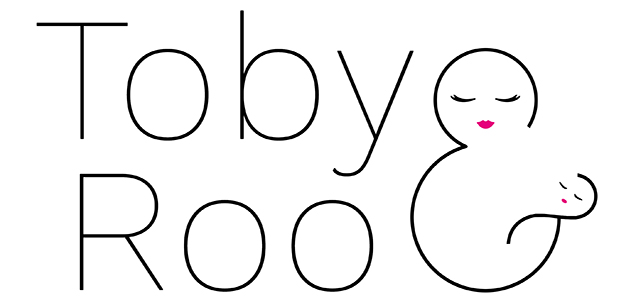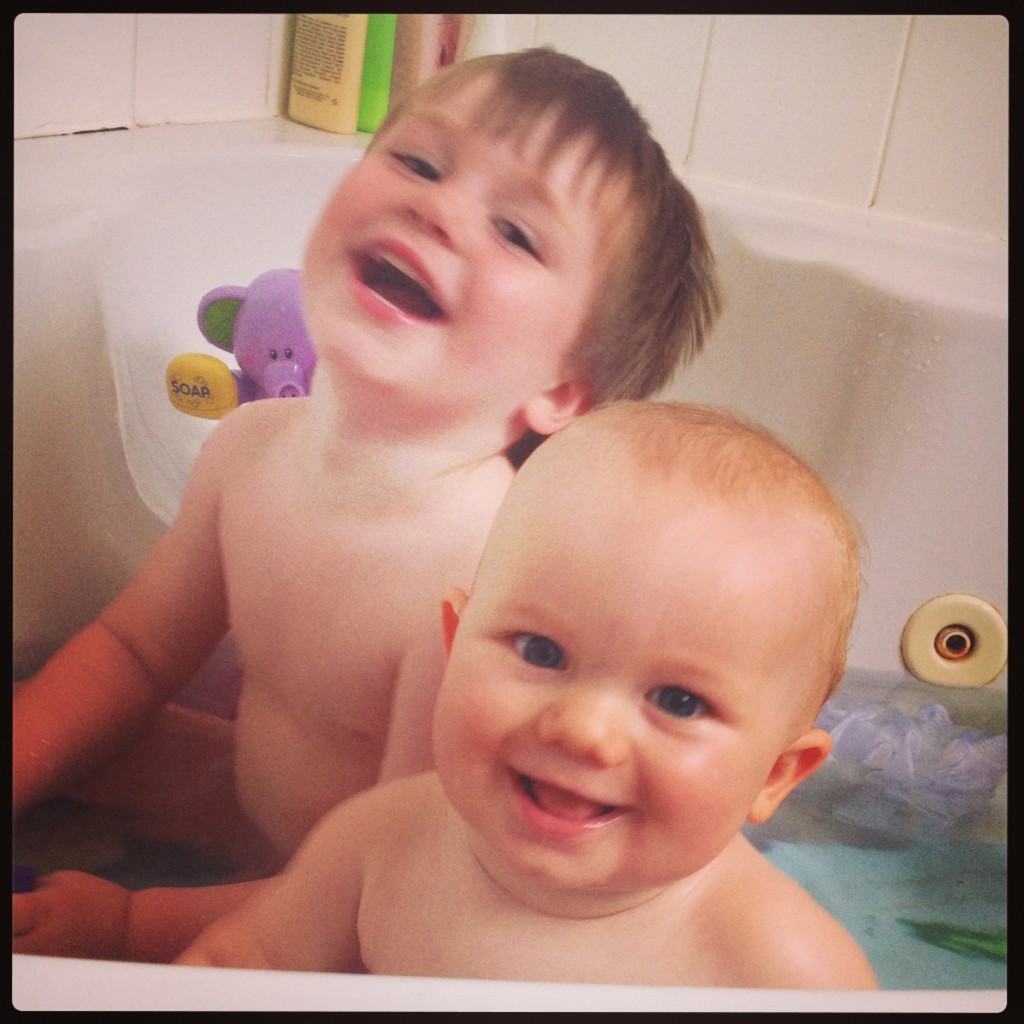Preparing for Bath Time
Before you begin the bathing process for your little one, it’s important to have everything you need within reach. A well-prepared bathing station makes bath time a smooth and comforting experience for both you and your baby.
Gather Your Supplies: First, make sure you have all the essentials:
- Baby bath or sink liner: Use a clean towel or non-slip mat for cushioning.
- Washcloth: At least one for washing and an extra in case of spills.
- Towel: A soft, absorbent towel for drying — hooded towels work well.
- Diaper & Clothes: Have a fresh diaper and set of clothes ready for post-bath.
- Baby soap/shampoo: Choose mild formulations specifically designed for babies.
- Baby lotion: Useful if your baby has dry skin and to provide a soothing post-bath massage.
- Clean water: Ensure the water is at a safe and comfortable temperature (approximately 98.6°F).
- Baby tub: If you’re using one, it should be placed on a stable surface.
Setting Up:
- Position the bathtub or baby tub on a flat, secure surface.
- Line the bathtub or sink with a non-slip mat or towel for support.
- Fill the tub with about 2 inches of water that feels warm but not hot to your inner wrist or use a baby bath thermometer to check.
Remember:
- Never leave your newborn unattended during bath time.
- Have the room at a comfortable temperature to keep your baby warm.
- Ensure the umbilical cord area is kept dry if it hasn’t healed completely.
Proper preparation helps in making bath time a nurturing and enjoyable experience with your baby.
Choosing the Right Bathing Spot
When preparing to bathe your newborn, selecting a safe and comfortable spot is key to a smooth experience.
Location: A sturdy, flat surface is ideal. You can choose from a sink, baby bathtub, or a regular bathtub. Make sure it’s convenient for you to reach and support your baby, and that all bathing supplies are within arm’s reach.
- Sink: Great for sponge baths, especially before your baby’s umbilical cord stump falls off.
- Baby Bathtub: Designed for safety and comfort; fits inside your regular tub or on counters.
- Bathtub: Larger space for babies who can sit; use a bath seat for extra support.
Water Temperature: Your baby’s skin is sensitive, so getting the bath temperature right is crucial. Aim for water around 100°F (38°C) — warm to the touch but not hot.
Bath Preparation:
- Fill the tub or sink with no more than two inches of water for newborns.
- Check the temperature with a bath thermometer or your elbow to ensure it’s warm but not hot.
- Cover any metal parts you might be using in the sink or tub to prevent contact with your baby’s skin.
Safety Tips:
- Always keep one hand on your baby.
- Gather all supplies beforehand to avoid reaching away from your baby.
- Never leave your baby unattended, even for a moment.
Remember, your baby’s first bath is a special moment. Take your time to ensure safety and comfort, creating a positive experience for both of you.
Understanding Bath Time Safety
When bathing your baby, it’s essential to prioritize safety to prevent accidents. Here are some friendly pointers to ensure your little one’s bath time is both fun and secure:
Prevent Slipping: Line your baby tub with a non-slip mat or a clean towel to provide a stable and non-slippery surface. This not only keeps your baby from slipping but also offers a gentle cushioning.
Support at All Times: Always keep one hand on your baby to provide constant support. Babies can be surprisingly wiggly and slippery when wet, so maintaining a firm yet gentle hold is vital.
Water Temperature
Ensure a comfortable bath by carefully regulating the water temperature. The ideal water temperature for your baby’s bath should be between 95°F and 100°F (35°C to 37.8°C). Always double-check the water with your elbow or a bath thermometer before gently placing your baby in the tub.
Bath Time Basics
- Fill the tub with water: No more than 2 inches is needed.
- Test the water: Use the inner wrist or elbow—it should feel warm, not hot.
- Gather supplies: Keep everything within arm’s reach to avoid having to leave the baby unattended.
- Constant Supervision: Never leave your baby alone in the water, not even for a second, to prevent the risk of drowning.
By following these safety guidelines, you can create a secure environment that allows you to focus on splashing, singing, and making beautiful memories with your baby during bath time.
Executing the Bathing Process
Before beginning, ensure the room is warm to keep your baby comfortable. Fill a baby bath or sink with about two inches of warm water—the ideal temperature is around 100 F (38 C). Always check the temperature with your hand to guarantee it feels lukewarm.
Start by cleaning your baby’s face with a washcloth. Make sure there’s no soap on the cloth to avoid irritation, particularly near the eyes. Then, use a bit of baby shampoo for their hair and forehead, being careful to keep suds out of their eyes.
For their body, mix a small amount of soap with the water. Lather a clean washcloth and wash your baby’s body gently. Pay careful attention to the diaper area and any skin folds.
- To Rinse: Use a second washcloth or cup of clear warm water to rinse off any soapy residue.
- Umbilical Cord Care: If your baby still has an umbilical cord stump, sponge bath is the way to go. Keep the area dry and avoid covering it with water.
- Drying Off: After bathing, wrap your baby in a towel and gently pat them dry. This prevents their skin from cooling too quickly.
Remember to never leave your baby unattended during bath time. Keep one hand on your baby at all times for safety. Bath toys can be a great addition once your baby is settled and can make bath time an enjoyable experience for both of you.
After the bath, apply a gentle moisturizer if you notice any dry skin, dress your baby in a clean diaper and outfit, and give them plenty of cuddles for a job well done.
After Bath Care and Comfort
After your baby’s bath, wrap them immediately in a hooded towel to keep them cozy and prevent them from getting cold. A towel with a hood is perfect for gently drying their hair and maintaining their body warmth.
Next, place your baby on a changing pad. Carefully pat them dry to avoid any skin irritation. Pay special attention to all creases and folds where moisture can hide, which may lead to rashes if not dried properly.
For skin care, consider using a hypoallergenic baby lotion to moisturize their skin. Baby’s skin is prone to dryness, conditions like eczema, and cradle cap. A gentle application of lotion can help to keep their skin soft and prevent dry skin.
If you decide to use baby oil, apply it lightly and massage it into your baby’s skin. If your baby has a specific skin condition, you may want to consult with a pediatrician before using any lotions or oils.
When dressing your baby, choose soft clothes that won’t irritate their delicate skin. Before putting on a fresh diaper, make sure the skin is totally dry to avoid diaper rash.
For your baby’s hair, use a soft brush or comb if their hair is long enough. Be gentle around the soft spot on top of the baby’s head.
Lastly, a swaddle can provide a comforting, snug environment that mimics the womb and can help soothe your baby after bath time.
Remember, each step in after-bath care is an opportunity to check your baby’s skin for any concerns and to provide some tender, loving care.
Addressing Common Bath Time Challenges
When you’re preparing for your baby’s first bath, it’s natural to feel a little anxious, but with some preparation and knowledge, you can handle common challenges confidently and safely. Here are some tips to help you navigate through these issues:
- Safety First: Always keep one hand on your baby and never leave them unattended. Since drowning can occur in even small amounts of water, fill the baby bath with only two inches of water, and ensure you have all supplies close by.
- Bath Temperature: Use your elbow to test the water, which should be warm, not hot, at approximately 95°F to 100°F (35°C to 37.8°C). A bath thermometer can serve as a useful tool to double-check.
- Umbilical Cord Care: Until your baby’s umbilical cord stump falls off, stick to sponge baths to prevent it from getting soaked. Keep the area clean and dry.
- Skin Concerns:
- Cradle Cap: Soften the scales with a small amount of baby oil, then use a baby brush to gently scrub the area.
- Rashes/Eczema: Use fragrance-free, hypoallergenic products, and apply moisturizer immediately after a bath to damp skin.
- Dry Skin: Minimize bath time, use mild soaps, and ensure you thoroughly moisturize your baby’s skin afterward.
Remember, bath time should be a calming experience for you and your baby. With these guidelines in hand, you’re equipped to turn challenges into a seamless routine.




